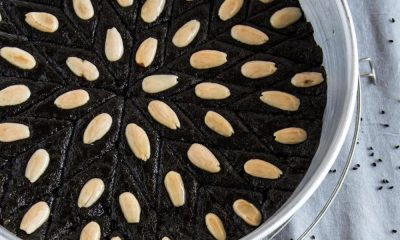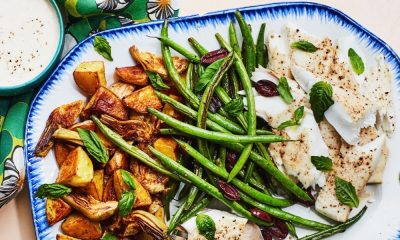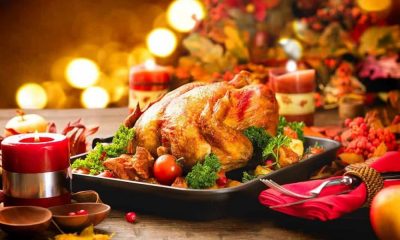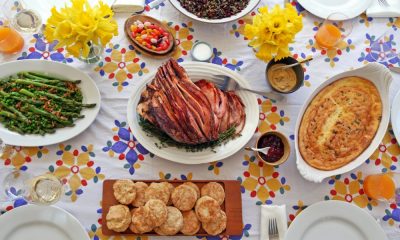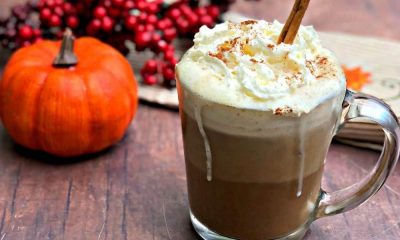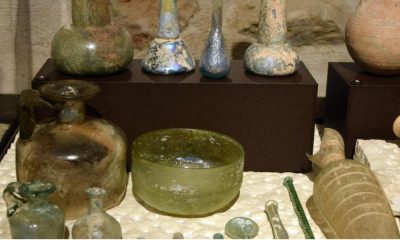I love to cook. I suppose it’s part of being a Master Herbalist; the healing herbs I use are often found in my spice rack or crisper drawer. If you were wondering what that montage of small bottles and tins can do for you, read on about some of my favorites, what they can do for food and for your health.
1) Cayenne: Not all tastebuds can handle the heat of this spice. It can literally cause burns in the mouth and throat. However, it stimulates digestive juices, helping your body to make better use of the nutrients taken with it. We use it mostly in meats and soups, however try adding a pinch to your hot chocolate…it can really make it stand out.
2) Chili Powder: These are made from hot peppers, but usually milder versions that are easy on the tongue. It is really good in barbecue sauce, chili and other Mexican foods. Like cayenne, it can stimulate digestive juices.
3) Cinnamon: This spice is mostly used in desserts or drinks, though some cuisines add it to their savory dishes. I use it for colds and sore throats, along with a few other ingredients, including the one below. For a tea, use stick cinnamon as the powdered stuff won’t do.
4) Cloves: Ham and pumpkin pie would not be the same without cloves. For the pie, powdered is best as you don’t really want to chomp down on a bit of not quite ground cloves. Oil of cloves has been used as a dental numbing agent for centuries, but use caution when applying as it can burn.
5) Garlic: Garlic bread, salmon with garlic and olive oil, roasted garlic on toast, there are a lot of culinary uses for this bulb. Medicinally, it’s used for infections and to lower blood pressure.
6) Ginger: This is another ingredient to pumpkin pie, but it is mostly used fresh in Asian cuisine. Egg flower soup and stir fry may contain some fresh ginger. It is also an expectorant, helping remove phlegm from the lungs. If you have a sore throat, you may want to use caution because it is spicy. Another use for ginger is nausea, especially from morning sickness and motion sickness.
7) Marjoram: This is a mild herb, often used for fish and chicken. If you’re planning a camping trip, dry drinking a broth or tea of this herb at least once a day. It may make your sweat too spicy for insects to dine on.
8) Parsley: Italian cuisine loves parsley, as do many others. It goes with salads, fish and chicken. It can also be used as part of a mustard/parsley crust for pork loin roasts. Herbalists use it primarily as a diuretic, something that pulls fluids from your system. If you’re pregnant, don’t use it in medicinal amounts as it may cause uterine contractions.
9) Rosemary: If you like this herb, try using stems from it as skewers for shrimp and chicken. It is very strong, however. Herbalists use it to help deal with depression, but caution is advised if you have high blood pressure. It has a reputation of making it go up.
The herbs and spices in your cabinet can be put to many uses. When I first started learning, I read several cookbooks cover to cover to make sure I understood what was used for what. That may be a good place for you to start.
Mary Bodel



